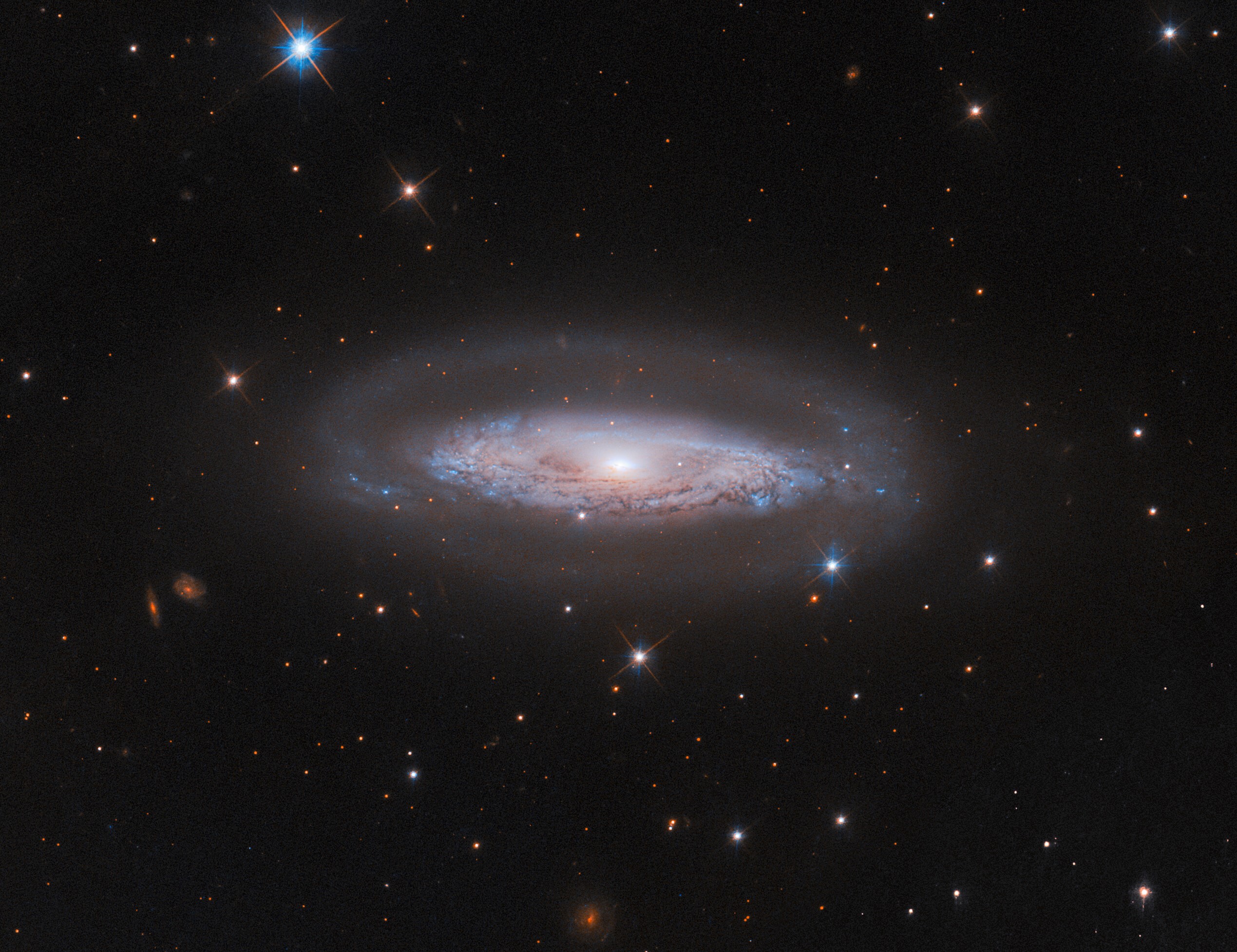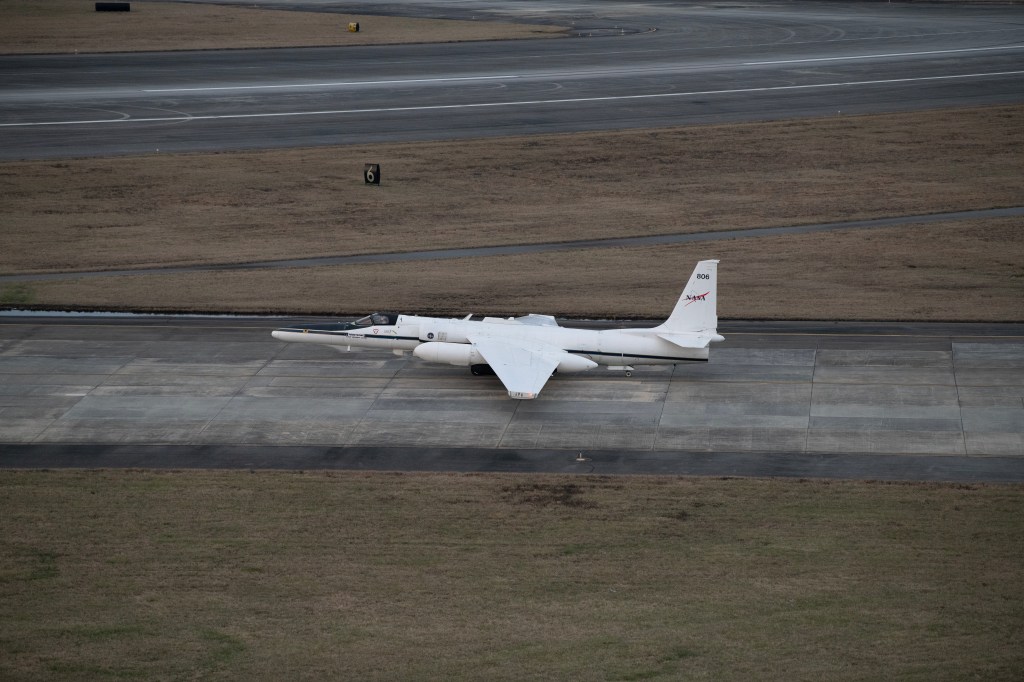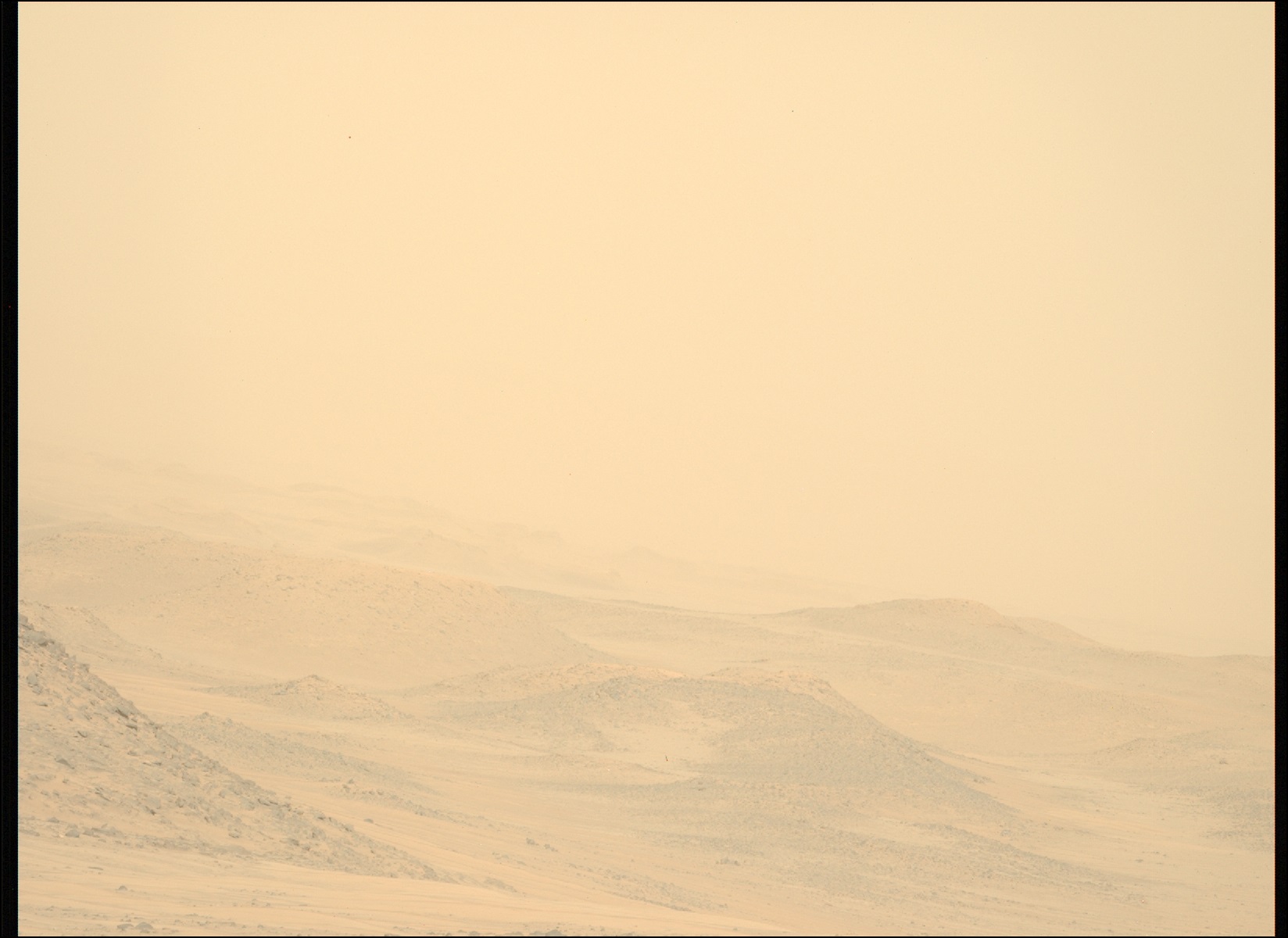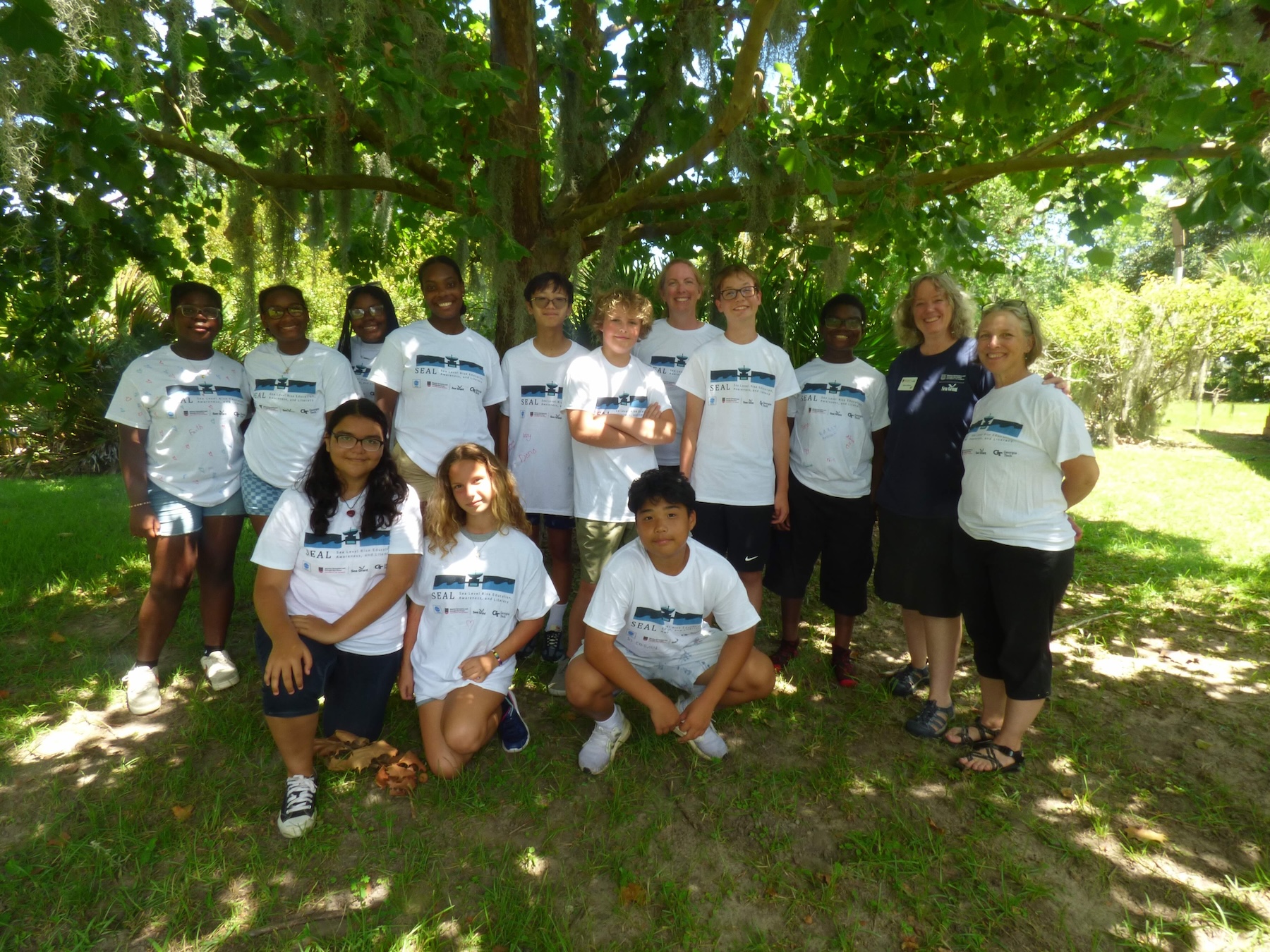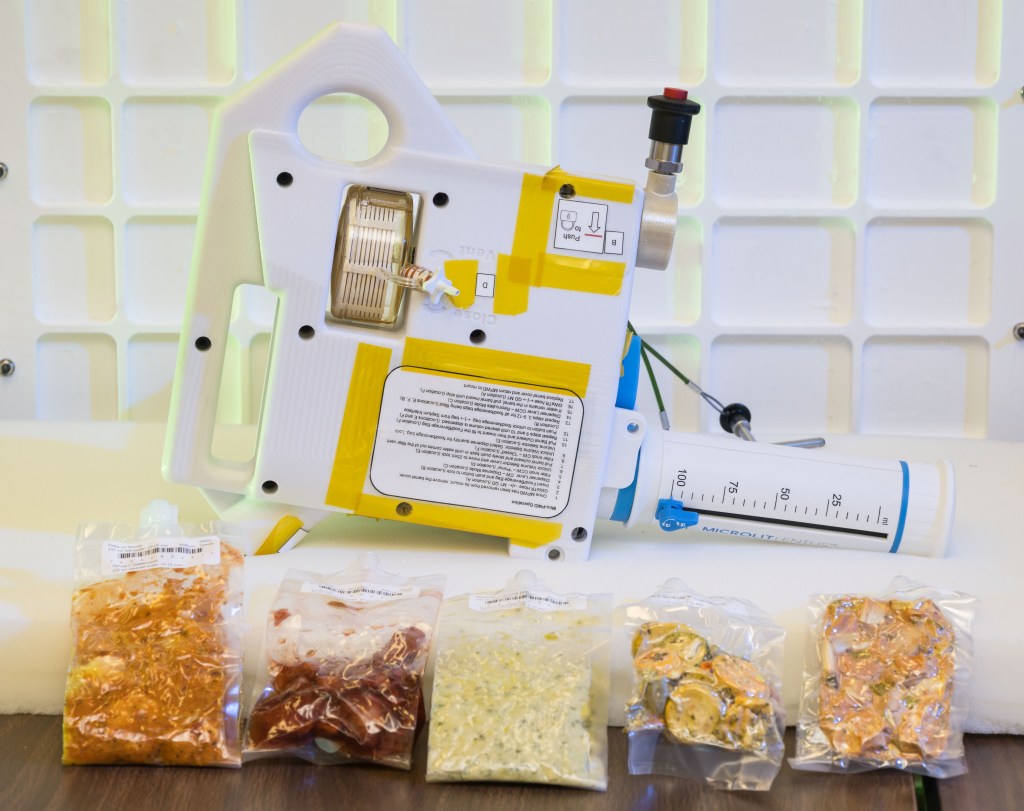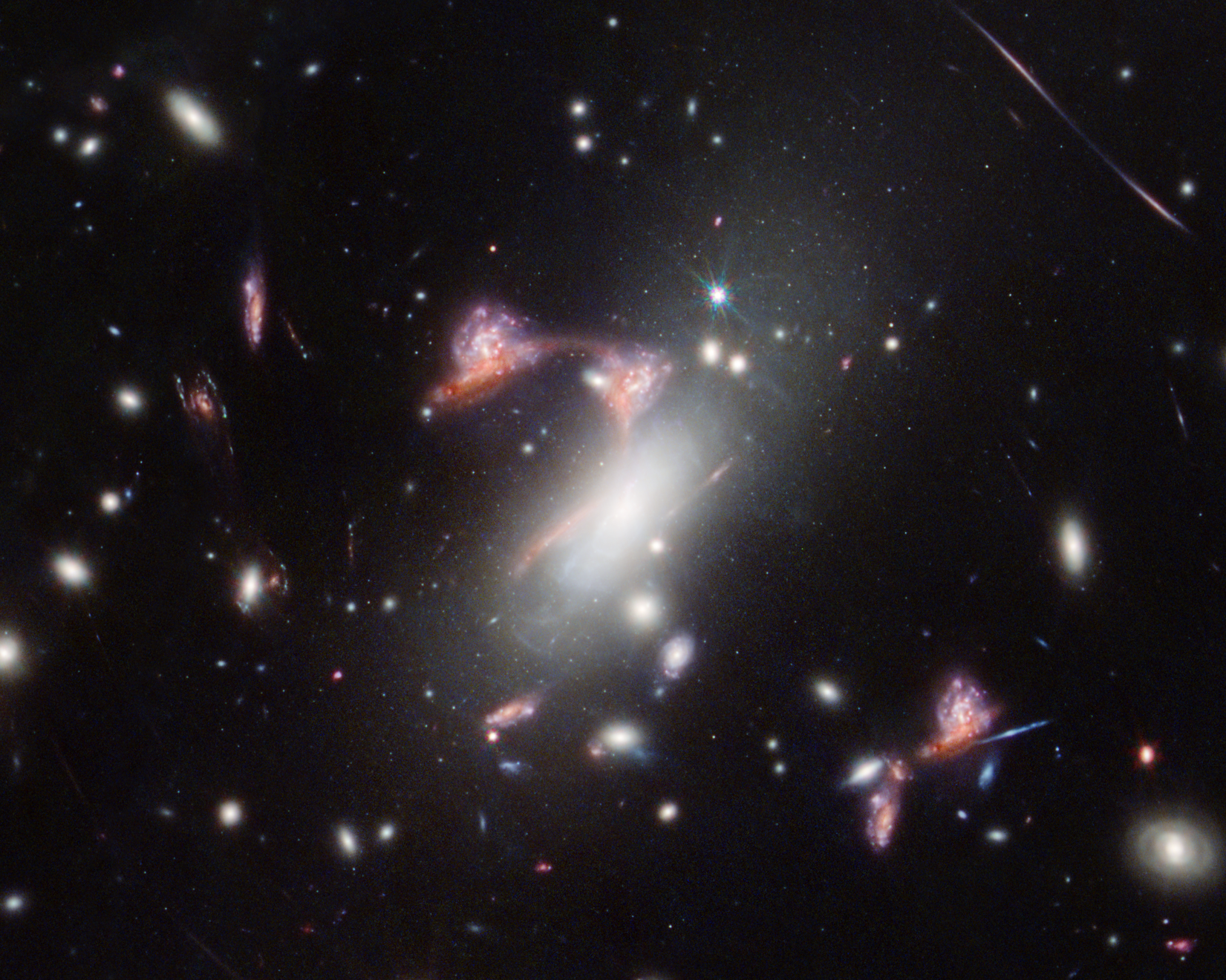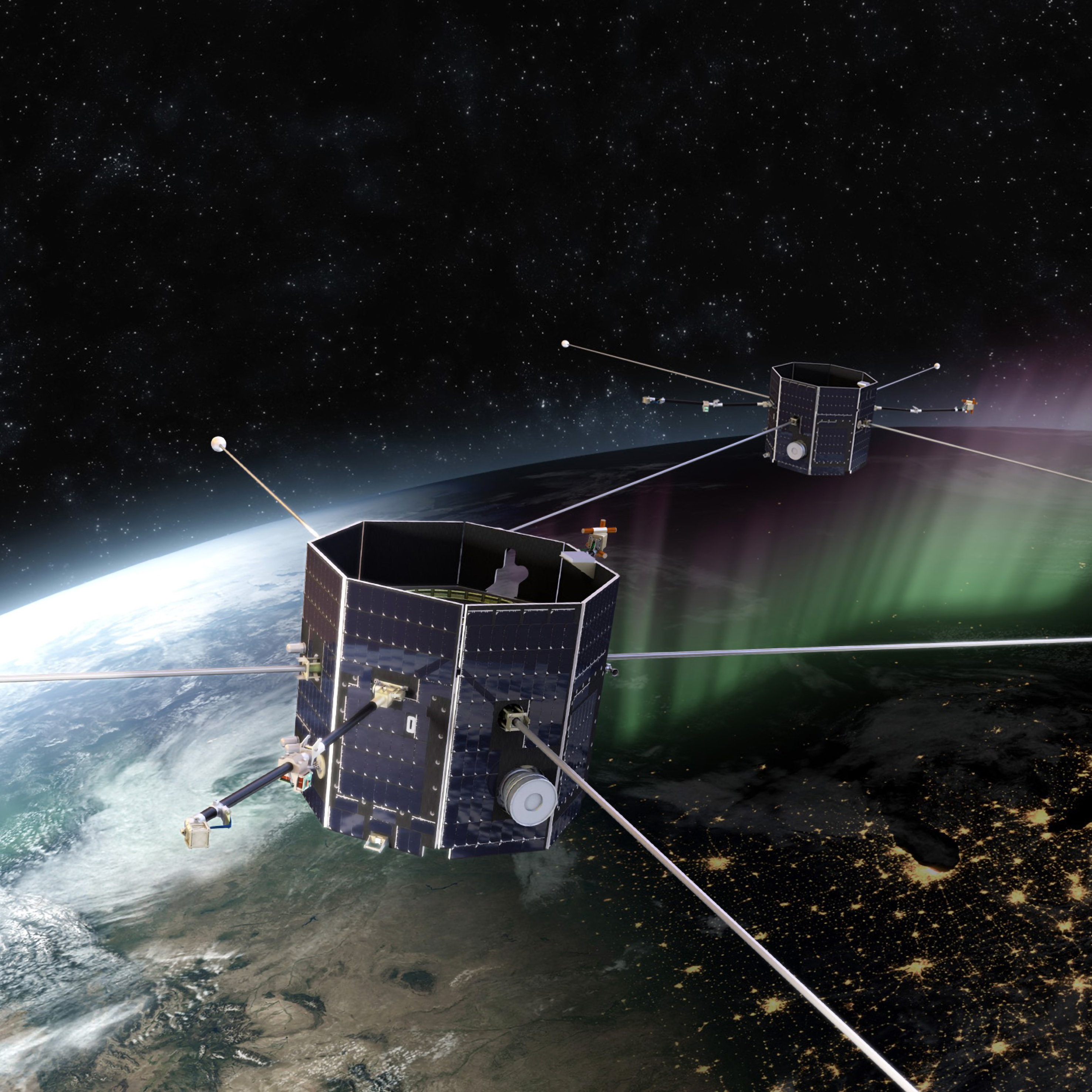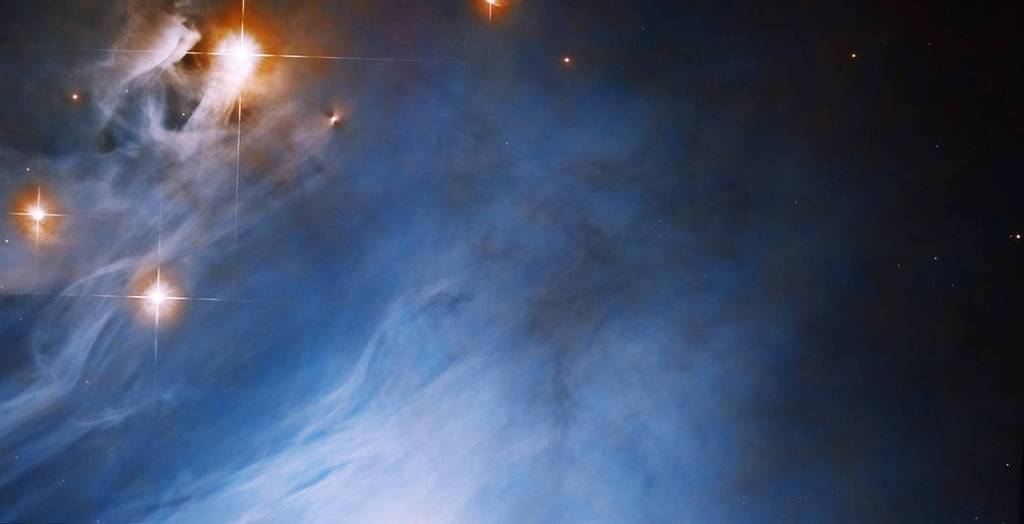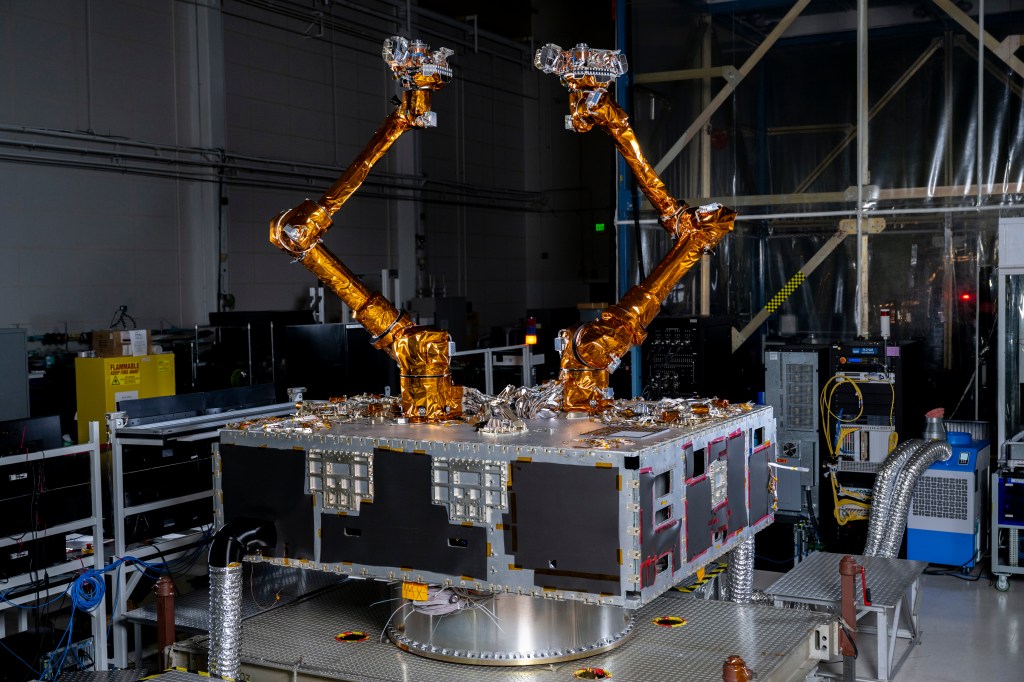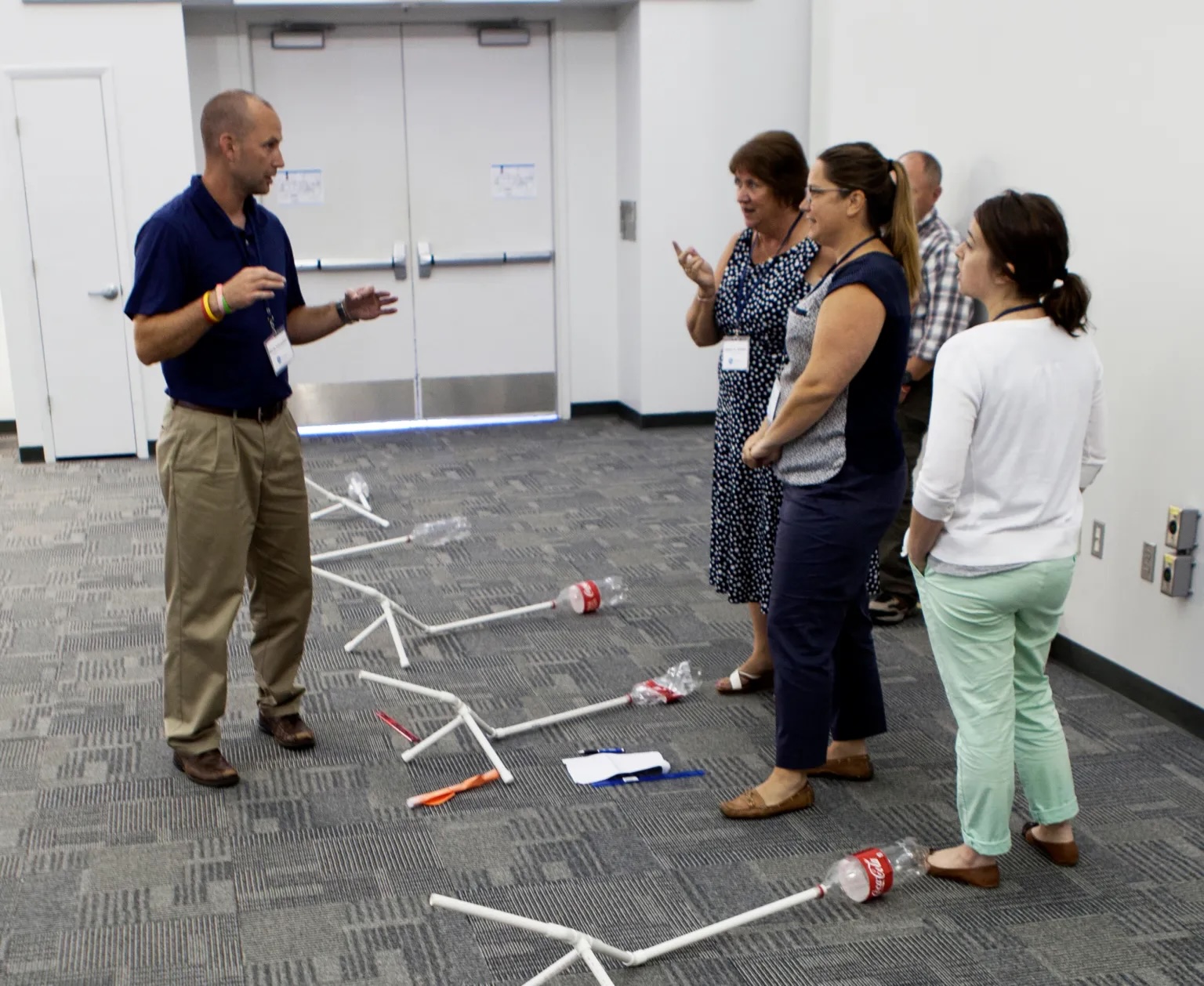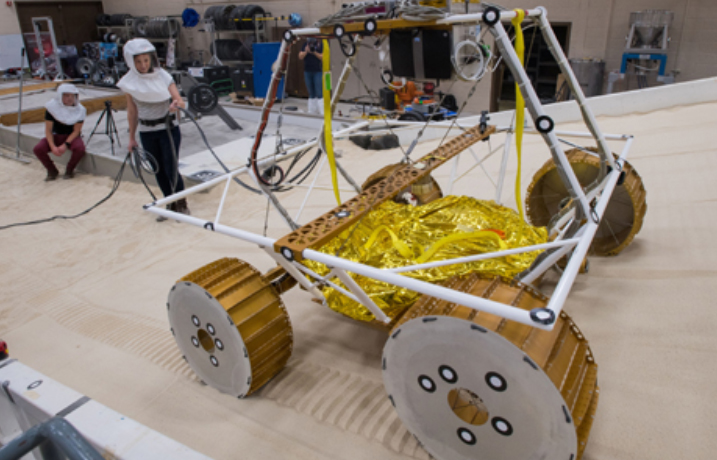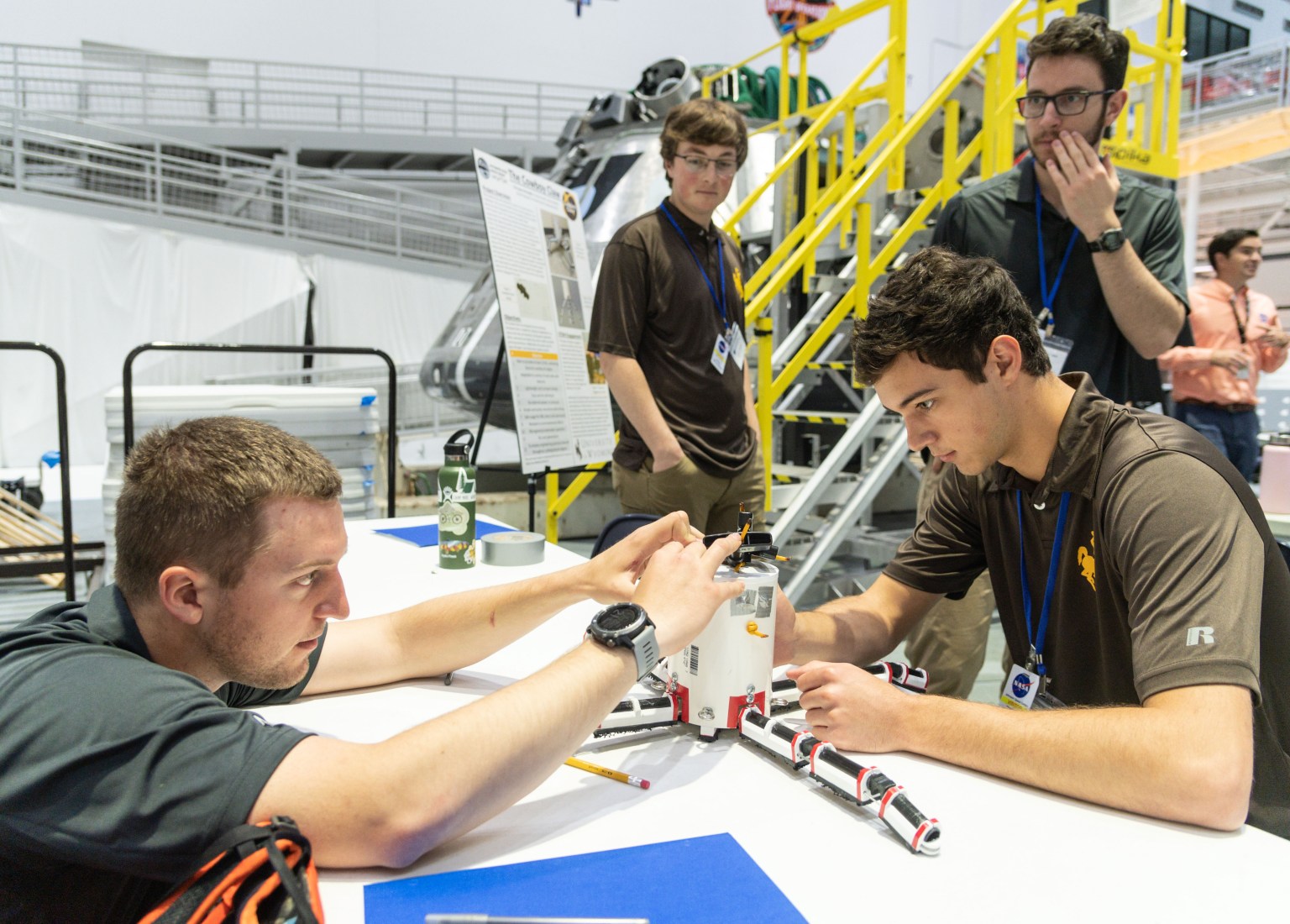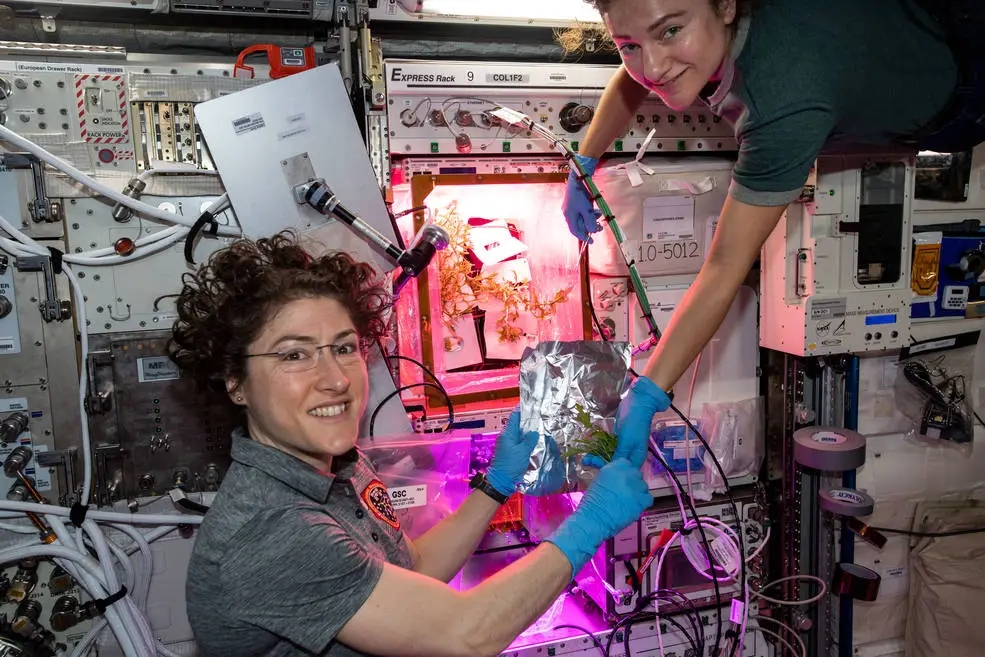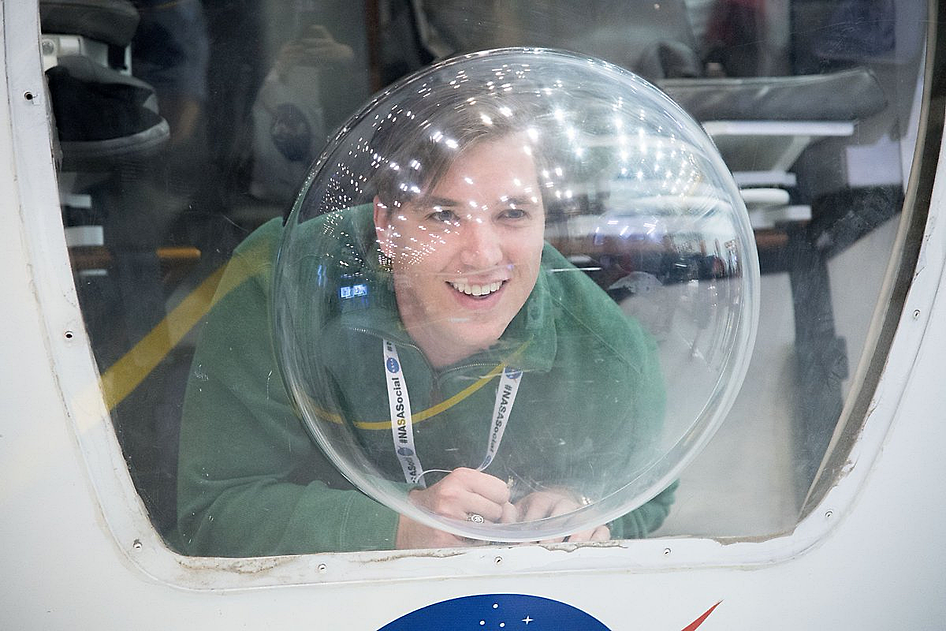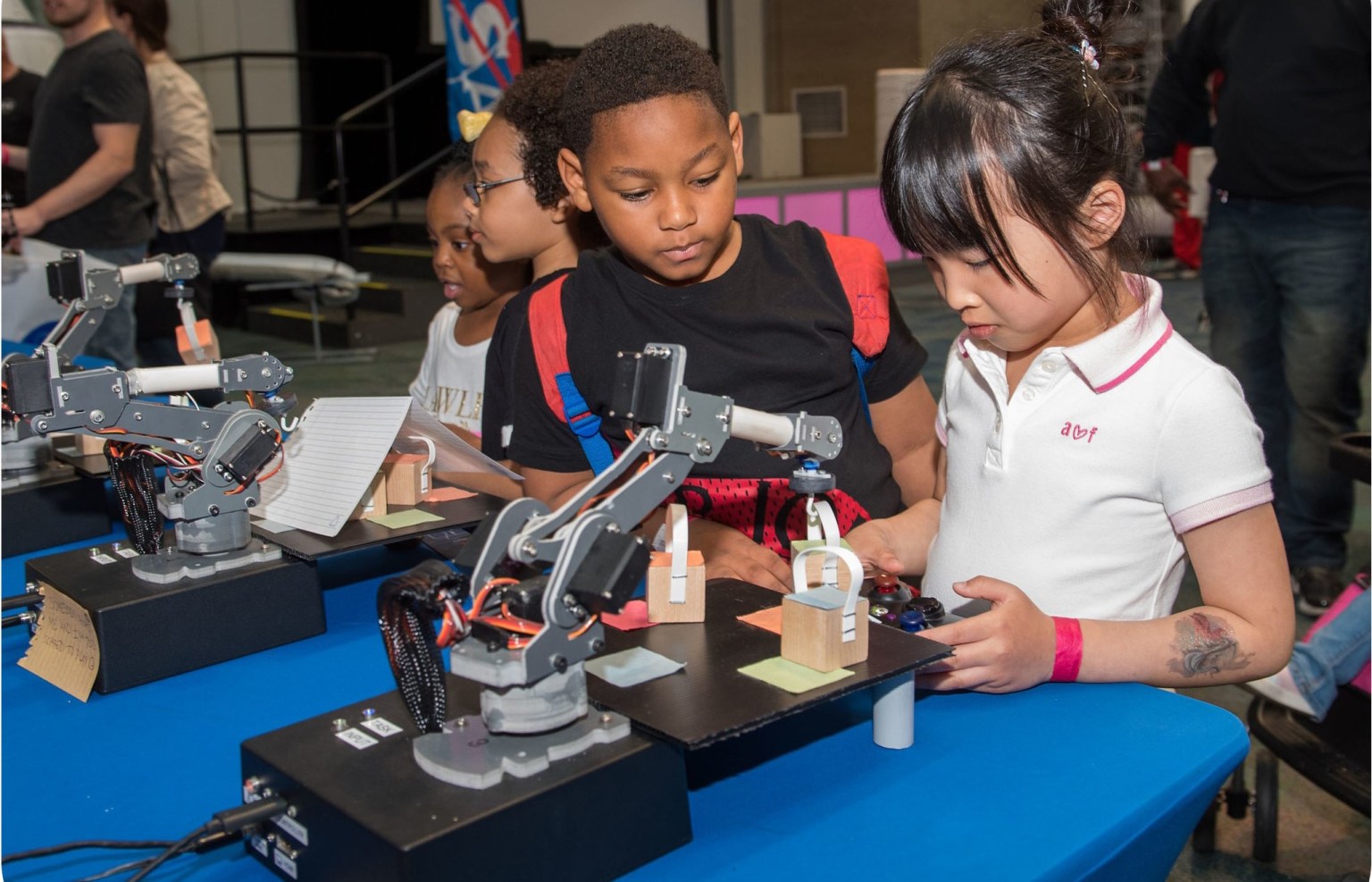Frequently Asked Questions
Check back soon for updated frequently asked questions.
1. What college and universities are eligible to participate in NASA MINDS?
Any college or university which has been designated as an MSI is eligible to apply. If you do not know if your college or university is an MSI, you can ask your Administrative office OR check the PDF list on the MUREP site.
2. This sounds like a lot of work. What will I get out of it as a student?
If you ever dreamed of working for NASA or an aerospace contractor, this is one of the best ways to get a head start. You’ll be working on technologies of relevance to NASA, your work will be reviewed by NASA subject matter experts, and your participation will make you stand out from your peers. Employers want to hire students with “real world” experience, and the proven ability to contribute as a member of a team.
3. Can we use our senior design projects to participate in this program?
Yes, this is allowed and encouraged.
4. Can one or more universities partner together to form a team?
Yes. This is allowed provided that:
1) all the universities and colleges that form the team must be MSIs
2) There must be a plan to collaborate allowing for full participation from both schools.
3) Each college / university has a designated faculty advisor.
4) Even if multiple universities and colleges form a team, the maximum amount of funds available for faculty will still be $1,000 total, and the maximum amount of funds available for the team’s build will still be $1,500.
5) If you are a 4-year MSI with a non-MSI feeder community college, this may potentially be allowed as a collaboration. Please contact us to obtain a waiver.
5. Can high school students participate?
Unfortunately, only high school students who are dual-enrolled for academic credit at a high school and college/university are eligible to participate. Dual-enrolled high school students should be classified as college freshmen on the team roster. High school students not in a dual-enrollment program are not eligible at this time, although the team can choose to mentor high school students as a part of this process.
6. Are international students enrolled in MSI institutions in the US eligible to join our team?
Yes. Any student enrolled at your MSI is eligible to be on the team.
7. Can non-US citizens who are student team members receive prize money?
If your team is fortunate enough to win prize money, a transfer will be issued to your institution. The faculty mentor, along with the institution would decide how the funds are used. Some schools use it to improve labs, some fund educational activities (e.g.: a trip to a related research facility), or to supplement expenses for the VIP Experience, while others divide the money amongst team members. It’s up to you how to use the funds.
8. Is travel funding provided for the VIP Experience?
Yes, travel funds for the trip to Kennedy Space Center will be provided to the top two winning teams, the Senior Grand Champion, and the Underclassmen Grand Champion. The funding allocation will be up to $5000 per team.
9. Can part time students contribute to our team, or do all students need to be full time?
It is up to the faculty to decide if they want to allow part-time students to participate. There is no requirement from NASA MINDS with regard to eligibility except that they are enrolled at an MSI and are undergraduates in good standing.
10. Can we add or remove team members throughout the year?
Yes. Please note, ALL students must be registered in the NASA Gateway system to receive a certificate and in order to qualify as a Finalist team. Your teams will receive complete information on the NASA Gateway system.
11. Can graduate students participate on the team?
Graduate students can serve as mentors; however, they cannot be part of the official team.
12. Can we change our team designation? (Senior Team vs Underclassmen Team)
Teams that are changing their designation due to changes in team members are required to notify NASA MINDS management no later than January 31.
13. Are colleges and universities outside the United States able to participate?
No, unfortunately not. NASA MINDS is reserved for MSIs located within the United States and its territories. If you are an international student you may want to consider exploring NASA Internships and Fellowships as described HERE.
14. Is there a minimum length for the Technical Papers?
NASA MINDS intends your technical papers to follow standard conference formats, to allow for submissions and presentations at technical conferences. There is no minimum number of pages for the technical report, however, it must meet all required specifications. The typical maximum number of pages for conference papers is 15 pages, unless specified otherwise by a designated conference official. (e.g. The IAS Annual Meeting typically specifies their maximum paper length, as printed in their Conference Record, shall be 8 pages.)
15. Is the proposal submission required to be from our university’s sponsored research office? Can the students submit their proposal directly?
This is intended to be a student-led effort; therefore, the proposals shall come from the student team lead, not the university’s sponsored research office.
16. Are there any financial reporting requirements for the NASA MINDS team funds? What date should all the funds be expended?
There are no formal financial reporting requirements. The faculty stipend is contingent upon successful completion of all components of the NASA MINDS project. Part of that includes certifying that the $1500 was expended as dictated in the rules. If there is a surplus, it can be rolled over to next year.
17. What is the directive with regards to university overheads in the budget?
Since the proposals are received from students, and not the university’s sponsored research office, the proposal would not include any university overhead.
18. What are the requirements for unexpended funds?
This decision can be determined by the faculty lead. You may choose to increase the scope of the project to expend the remaining funds. You can either do that in the current year, under the current team, for their learning purposes, even if you will not be able to update your deliverables. However, if you are selected to present to the judges during live presentations, you can explain the increase in scope. OR, you can roll over the funds to next year (or a combo of both this year and next). When your team submits a proposal for next year, sure to include that in your proposal. You will not be penalized with a lower funding amount next year.
In all cases – the rules for allowable use of funds must be followed. Funds are to be used as dictated in the rules. They cannot be used as student or faculty stipends, awards, or for food or beverages for the students.
19. What format is required for the budgets?
There is no specific format required for the budget. The budget should clearly identify what items you intend to purchase and the cost of each item. Provide a table that includes: item description, cost per item, quantity of each item, and total cost for each item. The budget narrative should describe what the items will be used for and how the specific purchases support the completion of your project.
20. Can our team use our NASA MINDS project for other NASA student programs?
The intent of NASA MINDS is to support MSIs in pursuing new and innovative projects that are linked to NASA’s Artemis mission. NASA MINDS also understands that NASA, Space Grant Consortiums, and other organizations may offer design/build programs for MSIs which support the advancement of various technologies. While it is not prohibited to have elements of a NASA MINDS project that are also entered into another program, the NASA MINDS project itself must be a unique standalone project and not simply duplicative. For instance, other programs that conclude at a design phase, and do not offer a “build” phase, would not be duplicative because the NASA MINDS “build” phase would make it a unique standalone project. Furthermore, the NASA MINDS project cannot simply be a subset of a larger project, unless the NASA MINDS component explores something unique and different that was not originally contemplated in the larger project. If a NASA MINDS team has a Scope of Work that intersects with another project the team is working on, the team should (a) explain how the NASA MINDS project is a unique standalone effort, and (b) submit an overall budget in the Preliminary Design Review that isolates how NASA MINDS funds will be spent, identifies how any other outside funds will be used, and makes it clear that multiple programs are not funding identical expenses.
21. What should be included in the budget?
The total actual costs for the entire project should be included in the budget. If the budget exceeds $1,500 it is important for tracking purposes to reflect the total actual budget. However, the maximum amount your team will be provided by NASA is $1,500. Please note that the budget should clearly align to the scope of your proposed project. If this project is part of a larger undertaking, do NOT include costs outside the scope of your defined project. We need to be able to clearly correlate costs with scope.
If the budget is less than $1,500 this is acceptable. In this, case your team will only be provided the amount requested in your budget. Please note, if your team requests less than $1500 your team can NOT request the remaining funds at a later date. Future funding requests will not be permitted.

